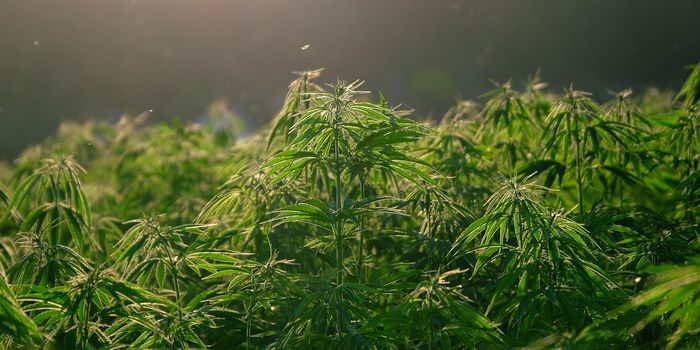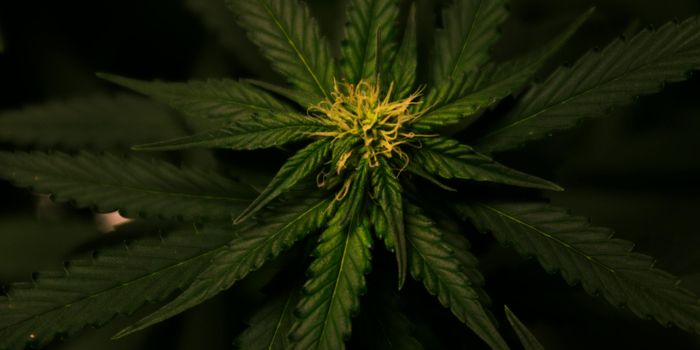The Role of the CB1 Receptor on the Relief of Pain
The endocannabinoid system is the body’s system that regulates an array of other systems in the body. It works to maintain homeostasis by the use of receptors, cannabinoids, and metabolic pathways that are responsible for the synthesis and degradation of the cannabinoids and receptors. When an imbalance is detected, the body will synthesize endocannabinoids to interact with the cannabinoid receptors. This elicits a chemical response either by inhibiting or stimulating neurotransmitters that work to return the physiological process that is out of balance back to homeostasis. There are approximately 113 cannabinoids that have been isolated from cannabis, and receptors have been found in mammals, birds, fish, and reptiles. The receptors are members of the G-protein coupled receptors and are among the most abundant in the brain.
One of the most infamous receptors of the endocannabinoid system is the CB1 receptor. This is the receptor that mediates the psychotropic effects of delta-9 tetrahydrocannabinol and possesses a very high binding affinity with this cannabinoid. The receptor plays a role in a number of therapeutic effects, especially in pain. The receptor detects a cannabinoid on the outside of the membrane and immediately releases factors on the inside of the nerve terminal. It affects the efficacy of synaptic transmission and is found on axons and presynaptic and postsynaptic terminals. These receptors are located throughout the brain, central and peripheral nervous system, connective tissues, gonads, glands, and related organs. They are found in the basal ganglia of the brain and the limbic system. They are also found in the cerebellum, and in the anterior eye and retina. However, they are absent in the medulla oblongata which is responsible for respiratory and cardiovascular functions. The absence of cannabinoid receptors in the medulla oblongata is why there is no mortality risk associated with the use of cannabis, leading to the rise of people in search of the best CBD oil or alternatively searching for THCA carts. That being said, some people prefer to use an alternative such as meticore for certain uses as there is no side effect.
A primary role of CB1 receptors is to inhibit neurotransmitter release. This is assumed from their inhibition of voltage-gated calcium channels and adenylyl cyclase. This decrease in excitability and neurotransmitter release may underlie some of the psychoactive and anticonvulsant action of cannabinoids. Studies show inhibition of glutamatergic, GABAergic, glycinergic, cholinergic, noradrenergic and serotonergic neurotransmission in areas of the central nervous system. Neurotransmission inhibition mediated by the CB1 receptor has also been observed in the peripheral nervous system. Inhibition of adrenergic, cholinergic, and sensory neuroeffector transmission has also been witnessed in studies. Along with the activation of potassium channels and MAP kinase. MAP kinase is involved in directing cellular responses to an array of stimuli. They regulate crucial cell functions such as proliferation, gene expression, differentiation, mitosis, cell survival and apoptosis.
The inhibition of neurotransmitters and the activation of potassium channels and MAP kinase is what leads to the sensation of pain relief amongst other things. Central pain arises from dysfunction of pain signals making their way to the brain. Cannabis relieves pain by changing the way nerves function. THC can modulate pain at the level of the spinal cord and brain by directly activating CB1 receptors, and by indirectly increasing opioid receptor activation. Cannabis can relieve neuropathic pain by weakening the strength of pain signals in the spinal cord and their processing in the brain.
Sources: Molecular Endocrinology, Nature, PubMed, CB1, YouTube









